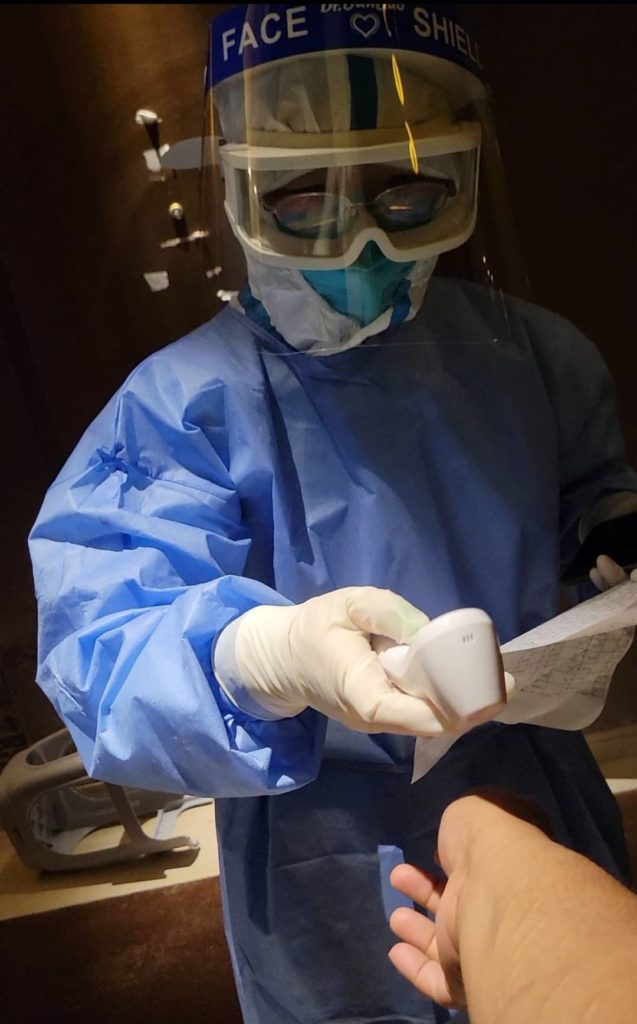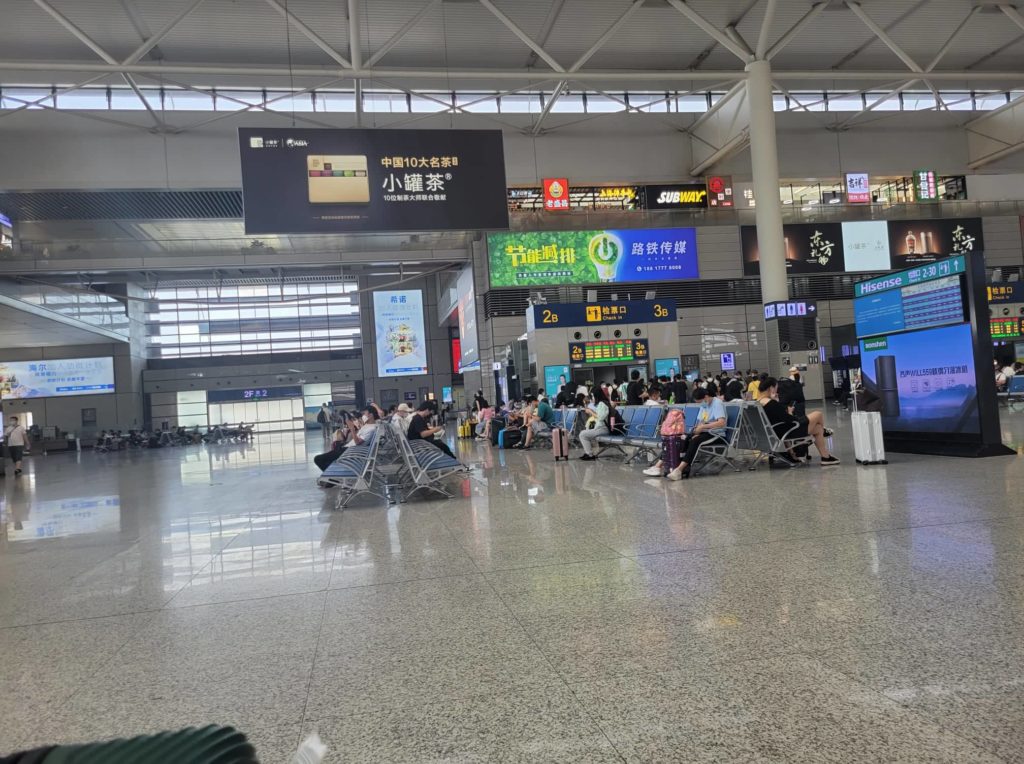By Fareeza Haniff
Most countries, including Guyana, made the hard decision to relax all COVID-19 restrictions to return the world to some semblance of normalcy and improve the global economy even though the virus was still rapidly spreading.
But not China. And it was a brutal wake-up call for me that the deadly coronavirus never left and it remains a serious threat.

While other countries are grappling with rising cases after relaxing their measures, China has remained resilient in maintaining its restrictions and guidelines to protect its people two years after the virus was first discovered in the Wuhan district.
Earlier this year, I was invited by the China Public Diplomacy Association (CPDA) to participate in the China Latin America and the Caribbean Press Center 2022 Programme.
I accepted and made preparations to travel. But getting to China is not as easy as it sounds, especially during a pandemic.
Forty-eight hours before leaving Guyana, I had to undergo two PCR tests at different laboratories and once the results were negative, I then had to apply for the China Health Bar Code, which would permit me to leave the country.
I arrived in Dallas, Texas and spent three nights but I had to do two more PCR tests, and yes, at different labs and repeat the process of the Health Bar Code.
If this code is not flashing ‘green’ at the airport, then you would not be able to board the flight to China.
The 14-hour flight from Dallas to the Korea Republic was smooth with about 45 minutes waiting time on the plane for the crew to change and then another two hours to Shanghai.
Immediately after stepping off the plane in Shanghai, I was greeted by a young security personnel, fully decked in his hazmat suit, who escorted me through the airport and assisted me with the process of clearing customs and immigration.
All employees at the airport were dressed in their Protective Personal Equipment (PPE).
I had to do a PCR test before leaving the airport and I was taken straight to the ‘quarantine hotel’ where I spent the next 10 days in isolation. Health officials tested my temperature twice daily, and I underwent at least 10 PCR tests during my stay there.
This is a requirement for anyone travelling to the capital Beijing, but before departing Shanghai, I had to create a digital ‘Health Kit’ which contains my travel history to China, the results of the PCR tests and a QR code which would indicate whether I had permission to travel.

The four-hour and 30 minutes travel to Beijing via the metro was a sight to behold and a chance to capture the country’s beauty. And as per the norm, I had to do another PCR test before leaving the train station in Beijing.
During my time in China until November, I will have to undergo PCR tests every two days, sometimes twice per day, depending on the schedule. The good thing is that the health authorities here swab the mouth for the PCR test and the QR code is the most important because, without it, one cannot enter any public spaces in Beijing.
Based on China’s data, the capital has not recorded any COVID-19 cases and this is largely due to the restrictions and guidelines in place before anyone travels to Beijing.

China’s digital platform to track COVID-19 cases is impressive and it demonstrates that the authorities have not faltered in taking all measures to protect its people.
I feel safer knowing that everyone I interact with gets tested regularly and the possibility of becoming infected is extremely low.
The Chinese Liaison Officers in charge of all the journalists participating in this programme have worked above and beyond to help us understand the guidelines and regulations and to ensure we’re comfortable.
I am excited to commence the educational journey of learning about this country’s history, culture and media relations.






